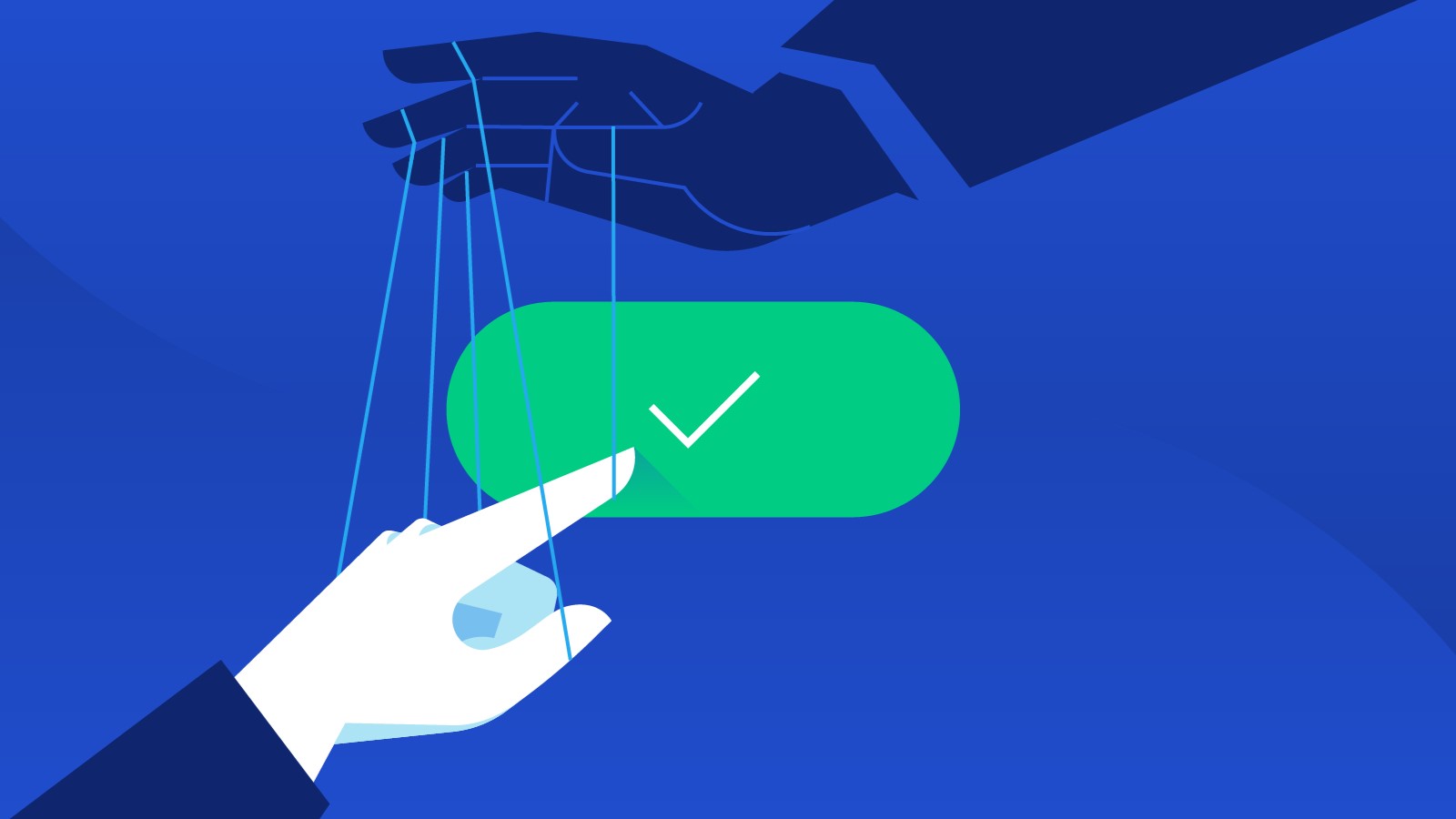
Ever felt tricked while shopping online or signing up for a service? You might have encountered dark patterns. These sneaky design tricks manipulate users into actions they might not want to take. From hidden fees to tricky unsubscribe buttons, dark patterns can be frustrating and misleading. Why do companies use them? Often, it's to boost sales or keep you subscribed. But understanding these tactics can help you navigate the web more confidently. In this post, we'll uncover 19 facts about dark patterns, shedding light on how they work and how to spot them. Ready to become a savvy internet user? Let's dive in!
What Are Dark Patterns?
Dark patterns are tricks used in websites and apps to make you do things you didn't mean to, like buying or signing up for something. These sneaky designs can be hard to spot but understanding them helps you avoid falling into their traps.
-
Coined by Harry Brignull: The term "dark patterns" was created by UX designer Harry Brignull in 2010. He wanted to highlight how some designs manipulate users.
-
Hidden Costs: Some sites add extra charges at the last step of checkout. You think you're paying one price, but surprise! The total is much higher.
-
Forced Continuity: After a free trial, some services automatically charge you without a clear reminder. Canceling can be a hassle.
-
Bait and Switch: You click on something expecting one result but get something else. For example, clicking "Download" but getting an ad instead.
Types of Dark Patterns
Different dark patterns trick users in various ways. Knowing these types can help you recognize them.
-
Roach Motel: Easy to get into a subscription but nearly impossible to get out. Companies make it hard to cancel services.
-
Privacy Zuckering: Named after Facebook's Mark Zuckerberg, this trick gets you to share more information than you intended.
-
Sneak into Basket: Items are added to your cart without your permission. You might not notice until checkout.
-
Confirmshaming: Guilt-tripping language used to make you feel bad for not opting in. For example, "No, I don't want to save money."
Real-World Examples
Seeing dark patterns in action makes them easier to spot. Here are some real-world examples.
-
Amazon Prime: Amazon makes it easy to sign up for Prime but tricky to cancel. The option is buried in menus.
-
LinkedIn Endorsements: LinkedIn nudges you to endorse skills for connections, often without realizing it.
-
Booking.com: Uses urgency tactics like "Only 1 room left!" to push you into booking quickly.
-
Facebook Privacy Settings: Facebook's privacy settings are complex, making it hard to control what you share.
Psychological Tricks
Dark patterns often use psychology to manipulate users. Understanding these tricks can make you more aware.
-
Scarcity: Creating a sense of scarcity makes you act quickly. "Only 2 left in stock!" is a common tactic.
-
Social Proof: Showing that others are doing something makes you more likely to do it too. "Join 1,000 others who signed up!"
-
Authority: Using authority figures or experts to convince you. "Doctors recommend this product!"
How to Avoid Dark Patterns
Being aware of dark patterns is the first step to avoiding them. Here are some tips to help you stay safe.
-
Read the Fine Print: Always read the terms and conditions. Hidden fees and auto-renewals are often buried here.
-
Use Ad Blockers: Ad blockers can help reduce the number of dark patterns you encounter online.
-
Check Reviews: Look for reviews of services and products. Other users often point out dark patterns.
-
Stay Informed: Follow blogs and forums that discuss dark patterns. Staying informed helps you recognize new tricks.
Understanding Dark Patterns
Dark patterns are sneaky tactics used by websites and apps to trick users into doing things they might not want to do. These can range from making it hard to cancel subscriptions to hiding important information. Knowing about these tricks helps you make better choices online.
Stay alert when browsing. Look out for confusing buttons, hidden fees, or tricky wording. If something feels off, it probably is. Always read the fine print and double-check before clicking.
By being aware of dark patterns, you can protect your personal information and avoid unwanted charges. Share this knowledge with friends and family so they can stay safe too.
Remember, the internet should be a place where you feel in control. Don’t let dark patterns take that away from you. Stay informed, stay safe, and browse smartly.
Was this page helpful?
Our commitment to delivering trustworthy and engaging content is at the heart of what we do. Each fact on our site is contributed by real users like you, bringing a wealth of diverse insights and information. To ensure the highest standards of accuracy and reliability, our dedicated editors meticulously review each submission. This process guarantees that the facts we share are not only fascinating but also credible. Trust in our commitment to quality and authenticity as you explore and learn with us.


